Mozambique mobilises US$60 million annually for national conservation area network
Literally bringing life back to Mozambique’s Gorongosa National Park
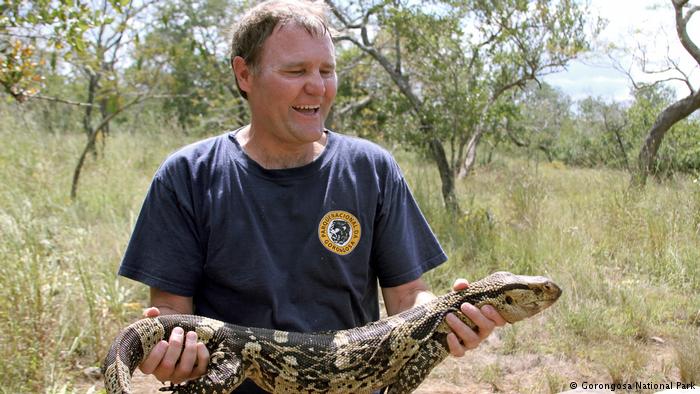
DW / Greg Carr, a hands-on philanthropist, took on a huge decimated wildlife park in Mozambique and made it shine again. Is it a model for others in Africa? In this exclusive DW interview, he explains why it's worth the work.
Gorongosa National Park in Mozambique has a dramatic history. During the country’s civil war the park was decimated and then abandoned altogether in 1983. At the end of the war more than 90 percent of the park’s wildlife had been lost.
Greg Carr is an American philanthropist who started working to restore Gorongosa in 2004. Since then he has intensified his efforts by investing millions and now co-manages the park with the government of Mozambique while at the same time helping to look after the economic well-being of the 175,000 people who live around the natural reserve.
Today, Gorongosa is once again one of the country’s most diverse ecosystems and has been enlarged to encompass over 4,000 square kilometers (1,500 square miles).
DW: Why did you decide to rebuild Gorongosa National Park in particular?
Greg Carr: I was invited by President Chissano to help him and his government to rebuild Gorongosa Park. President Chissano had a vision for changing the nature of national parks from solely conservation entities in to enterprises that help the local people who live near the parks. He developed this idea with Nelson Mandela in 1992, the year of the Rio Earth Summit. I was a human rights person and Chissano felt that was the approach he wanted to take to his parks, so that they could leave the colonial legacy behind.
Mozambique has a rough history: After the end of nearly 500 years of Portuguese rule, the country stumbled into 16 years of civil war which cost the lives of a million Mozambicans and much of its wildlife. Only after a shaky peace deal was signed in 1992 could rebuilding start. How important was political stability to the renewal of Gorongosa?
Gorongosa Park is loved by all Mozambicans. It is a national symbol that stands above politics. It unites the country. About half of our employees come from one political party and the other half from the other political party. We all get along fine. However, we do need political stability because tourists want to come to a country that is safe and reliable.
How important is it that this stability comes from an elected democratic government?
Mozambique’s recently elected presidents have stepped down when their mandate is finished. This is extremely important.

Article 90 of Mozambique’s constitution spells out the “right to a balanced environment”
1.All citizens shall have the right to live in a balanced environment and shall have the duty to defend it.
2.The State and the local authorities, with collaboration from associations for environmental protection, shall adopt policies to protect the environment and shall promote the rational use of all natural resources.
Is it important to codify such things in a country’s constitution? What does this mean for your project?
Mozambique has a variety of good laws and policies that help us. There is the Land Law that helps poor families get tenure to their land. There is family law that supports women and girls. This is important to us because we spend more of our time and money on human development projects outside the park than conservation programs in the park. It is the law in Mozambique that girls must be in school and we help the country to implement that law.
What are the biggest challenges for the environment in Mozambique and Gorongosa in particular?
We are working with the Government of Norway and the US Government to implement “Climate Smart Agriculture” around the Park. This will increase yields for farmers while it also protects the soil and protects forests that keep the hydrological cycle functioning.


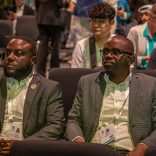

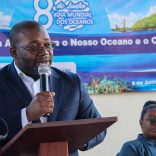




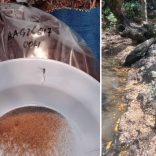
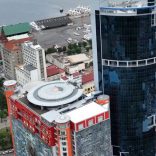


Leave a Reply
Be the First to Comment!
You must be logged in to post a comment.
You must be logged in to post a comment.